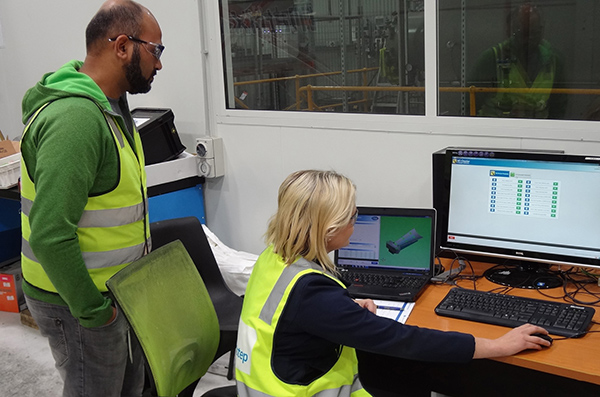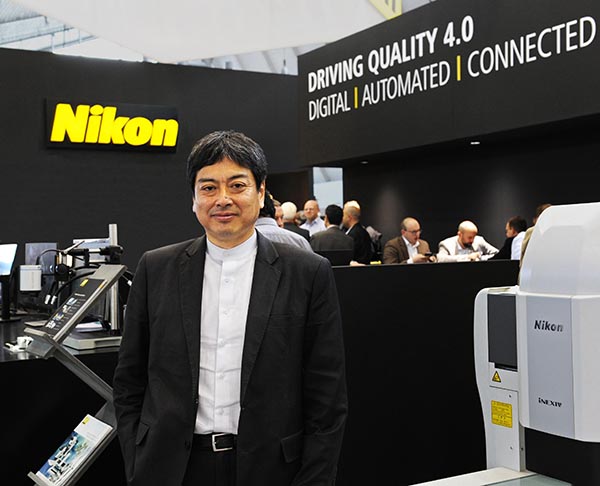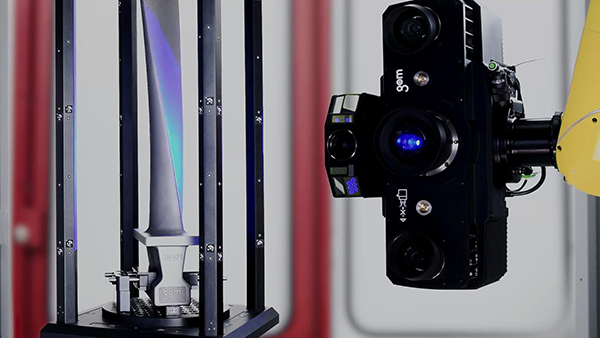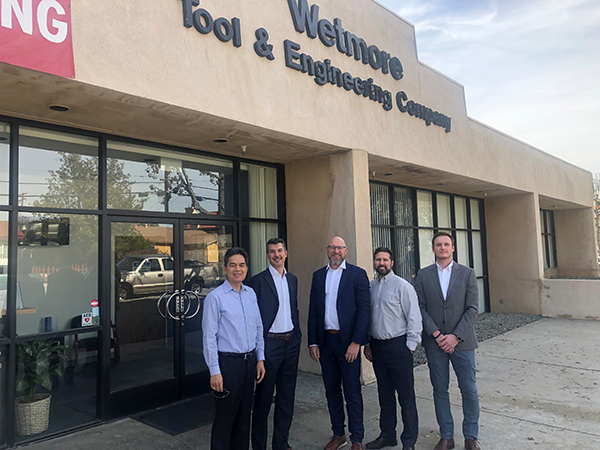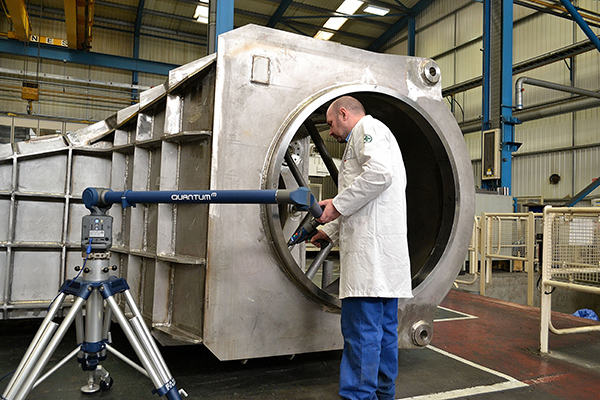The combination of MSP’s NC-Checker and NC-PerfectPart software is delivering significant savings for five-axis machining processes at Bankstown-based Quickstep Technologies, the largest independent aerospace-grade composites manufacturer in Australia.

Implementation of NC-PerfectPart and NC-Checker software, supported by Renishaw probing technology, provides the detailed information required to ensure machines stay within specified parameters, improving set-up times for Quickstep’s freeform parts.
NC-Checker first carries out a calibration check on the probe. Once this is complete, the software performs five-axis checks of the machine tool to verify its accuracy, providing a subsequent report. This check takes just minutes to complete, meaning it can be run on a regular basis to provide routine monitoring of the machine’s geometry.
The parts being produced by Quickstep Technologies are complex in shape, so work holding is a major issue when using traditional manufacturing methods. Each part has a dedicated composite vacuum fixture with three or four fixed location tooling spheres. The centre points of the spheres are known relative to the part geometry, and this information is used to locate the fixture or part in a suitable work offset co-ordinate system for machining.
Prior to using NC-PerfectPart, these datums were generated using standard cycles within the Siemens control. While this achieved results, it was limited in that it was time consuming and open to human error. NC-PerfectPart fully automates this process and eliminates any human error. Furthermore, the software removes the need to precisely position the part, producing time savings of 50% per component.
For further information https://metsoftpro.com/







